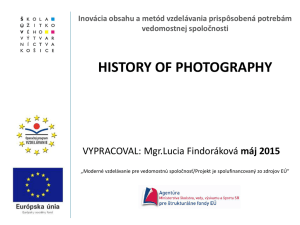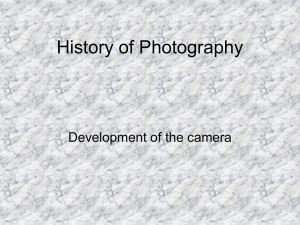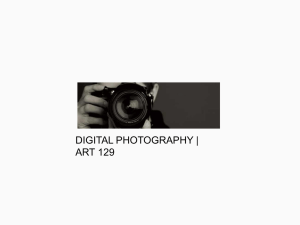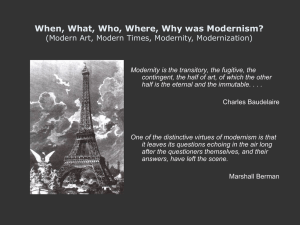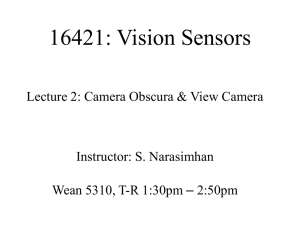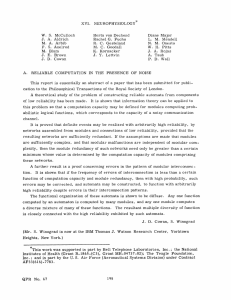Ibn al-Haytham
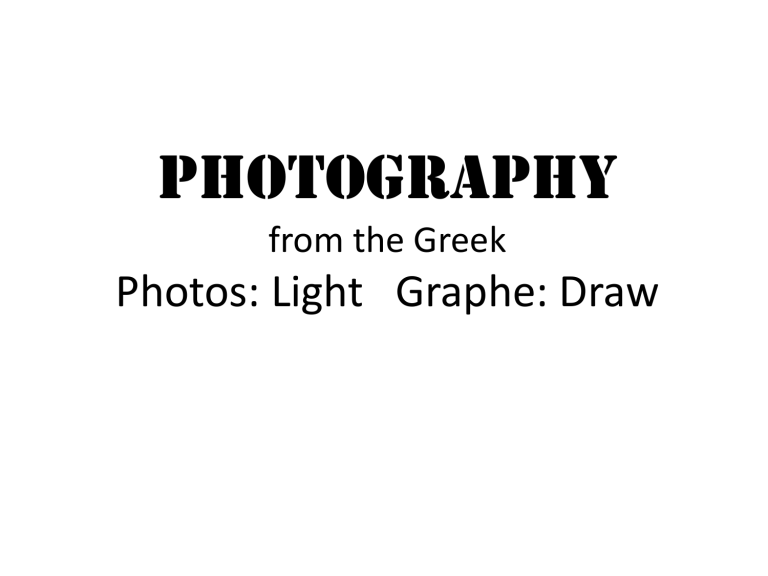
Photography
from the Greek
Photos: Light Graphe: Draw
It all starts with light… and ends with light
17 th Century Sketch of a Camera Obscura
Camera Obscura
from the Latin: “Dark Room”
Mozi knew it first
(China c400 BC)
Ibn al-Haytham knew it, clearly described it and actually made one (Arabia c1000 AD)
Aristotle knew it
(Greek c350 BC)
Camera Obscura circa 1750
Room Size Camera Obscura, San Francisco California
Thought to be first permanant photograph:
View from the Window at Le Gras (France)
By Joseph Nicéphore Niépce 1826
Boulevard du Temple, Paris
By Louis Daguerre in late 1838 or early 1839
The Crystal Palace at The Great Exhibition, London by Philip Henry Delamotte, 1854
Joseph Nicéphore Niépce
1765 – 1833
Louis Daguerre
1787-1851
William Henry Fox Talbot by John Moffat, 1864
Sir John Frederick William Herschel
1792-1871
Roger Fenton, early war photographer
(Crimean War)
1819-1869
Roger Fenton's photographic van c1855
Photographer’s Studio circa 1895
Eastman Kodak Brownie Camera, circa 1900
Twin Lens Reflex
Rangefinder
Single Lens Reflex (SLR)
Digital Single Lens Reflex (DSLR)
Speeds faster than 1 second are fractions of a second and most cameras display them without the numerator. For example,
1/2 second is displayed as
2.
Speeds of 1 second or slower are whole seconds and many cameras indicate them with quotation or inch marks ("). For example, 2 seconds is displayed as 2".
Standard Shutter Speeds:
1/4 1/8 1/15 1/30 1/60 1/125 1/250 1/500 1/1000
Standard f-stops:
1.4 2.0 2.8 4 5.6 8 11 16 22
Shutter Speed
1/8 1/15 1/30 1/60 1/125 1/250 1/500 1/1000 f/stop f/32 f/22 f/16 f/11 f/8 f/5.6 f/4 f/2.8
Sensor Sensitivity aka ISO or ASA
Depth of
Field
Example
Rule of Thirds Example

